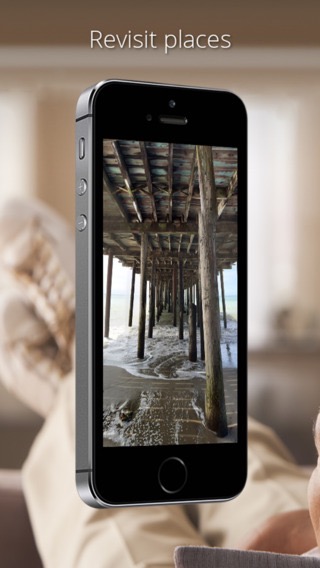

Helmet: Make sure to keep your head still when you take your photos.Tripod: Step out of the way before you take photos.Keep your head down when you take photos. Monopod: Keep the monopod steady above your head.You can attach the camera to a monopod, tripod or helmet to stabilise the camera at 1.20–1.80 m/4–6 ft.Acratech Spherical Panoramic Head (Sigma lens only).Nodal Ninja Ultimate R10 with compact 90° rotator.Canon 8-15mm f/4L fisheye lens (Canon mount only).After sweeping your phone in the directions as instructed a few moments of processing, stitching, and AI goodness gives you a nice traditional panoramic image unlike to 360 version I fiddled with earlier using the photosphere mode. It’s best to keep things steady and straight but I have found it to be quite forgiving when taking horizontal or vertical panoramic images. Use the on-screen grid as a guide as well and pretty soon, taking cool panoramas will be second nature. Again, nothing really new here on the UI side, you choose the mode then follow the onscreen prompts and arrows to take your panoramic image by slowly sweeping your phone in the direction of the arrows while keeping things framed up nicely. Lastly, another feature standard to any decent smartphone purchased in the last decade but made better by the Pixel 6 is panoramic photos. “Jookie Jam” (Mammillaria elongata, the gold lace cactus or ladyfinger cactus) 🇲🇽 /rWv15vaED6 “Good Gyal” (Pilea cadierei, the aluminium plant or watermelon pilea) 🇨🇳🇻🇳 It even helped me properly identify the two newest plant babies I adopted and hope not to lose due to my poor plant tending skills. I have spent a lot of time pointing my phones at trees and also everyday objects and the recognition hits more time than it misses. Whip out your phone fire up Lens and just point the camera at the tree and Google’s neural network will quickly do the rest. Say you are out and about and you see something you want to learn more about like a sign, or a famous building, or in my case a tree. Next, let’s check out the Google lens a kind of image recognition and searching technology that is available as a standalone app but comes built into the Pixel 6. More on : Kinkakuji - Kyoto's Golden Pavilion revisited

After the pictures are taken it only takes a few moments for the 360 image to be ready – not long ago this took much longer, was far less user-friendly, and often failed to stitch together seamlessly. I tested it out on the grounds of a shrine. It works by having you take multiple photos in a circle around you then stitching them together, but instead of the traditional flat panorama image, you can navigate the image in a 360-degree space – very cool for scenic locations. You access it by opening your camera app and going to modes then selecting it. None of these photo features are unique to the Pixel 6 in any way but work great due to the improved AI powers of the Pixel 6 and the work Google has been doing.įirst up are Photo Spheres which are 360 panoramic images. I made a post and a video about my thoughts on the Pixel 6 after a week but I also wanted to explore some more of the camera features, mainly 360 Photo Spheres, Google Lens and Panorama. I have been having a lot of fun fiddling with the Pixel 6, especially the camera.


 0 kommentar(er)
0 kommentar(er)
